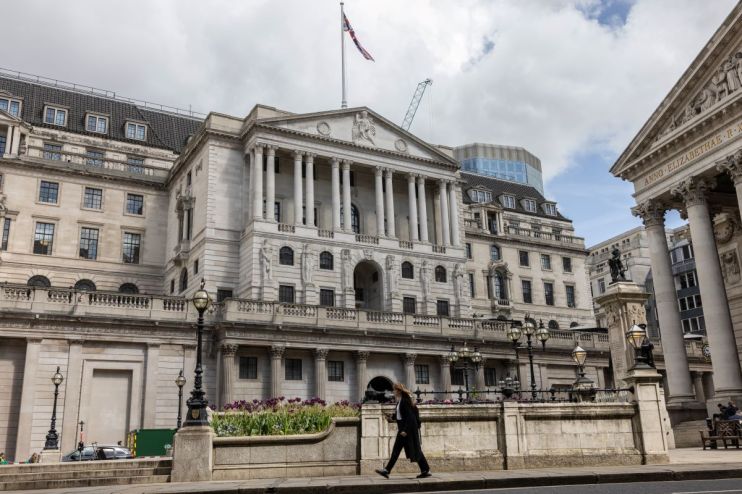Bank of England holds interest rates again but June cut on the cards

The Bank of England voted to maintain interest rates at their current level, but policymakers inched ever closer towards a summer rate cut.
The decision, backed by seven members of the nine-strong Monetary Policy Committee (MPC), means the benchmark Bank Rate remains at a post-financial crisis high of 5.25 per cent.
Two members voted for a cut, with Dave Ramsden joining Swati Dhingra among the MPC’s dovish dissenters.
Policymakers were confident that inflation persistence was “moderating broadly as expected” but indicated that further progress was necessary.
“I’m optimistic that things are moving in the right direction,” Andrew Bailey, the Bank’s governor, said, but he warned that the Bank needed to see “more evidence that inflation will stay low.”
Inflation peaked at over 11 per cent in November 2022 and has fallen faster than anticipated over the past few months. In March, the headline rate dropped to 3.2 per cent.
The Bank expects inflation to fall to two per cent when April’s figures are released in two weeks’ time but then expects it to pick up slightly to end the year around 2.6 per cent.
April’s anticipated sharp fall in inflation reflects the downward drag of energy prices. Markets do not see energy prices falling much more, potentially slowing further progress on inflation.
The Bank indicated that these figures could pave the way for a summer rate cut. The MPC said it will “consider forthcoming data releases and how these inform the assessment that the risks from inflation persistence are receding”.
Rather than focusing on the headline rate, MPC members will pay close attention to services inflation and wage growth.
Services inflation, a key gauge of domestic price pressures, remains at 6.0 per cent. Regular wage growth also remains around 6.0 per cent, more than double the level consistent with inflation remaining at two per cent.
The Bank suggested that services inflation would “ease gradually” over the course of the year, partly due to easing wage growth.
If the next round of figures is in line with expectations, then more members of the MPC could join Dhingra and Ramsden in voting for a cut.
The meeting minutes showed “a range of views” about the extent of the evidence required to justify a change in rates, suggesting further division on the MPC is likely.
One possibility flagged by policymakers was that these key indicators of inflationary persistence might “diverge” depending on the path of demand.
“In an environment of subdued demand, firms might be expected to absorb higher wage growth into their profit margins,” the Bank said. This would mean higher wage growth would not necessarily feed through into higher prices.
The risk of continued disruption in the Middle East was also highlighted as a potential upside risk to inflation. The European Central Bank is expected to start cutting interest rates in June, although the US Federal Reserve is likely to wait until September.